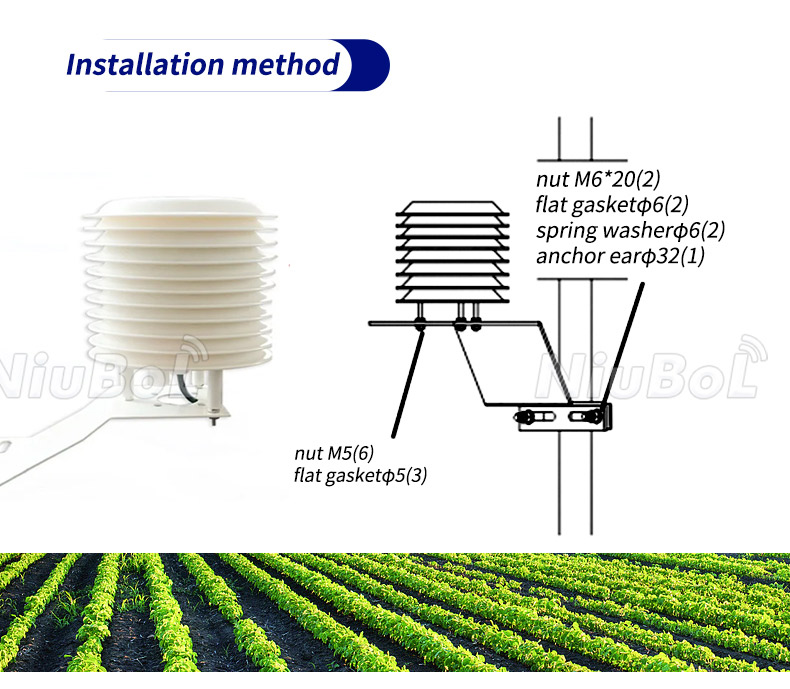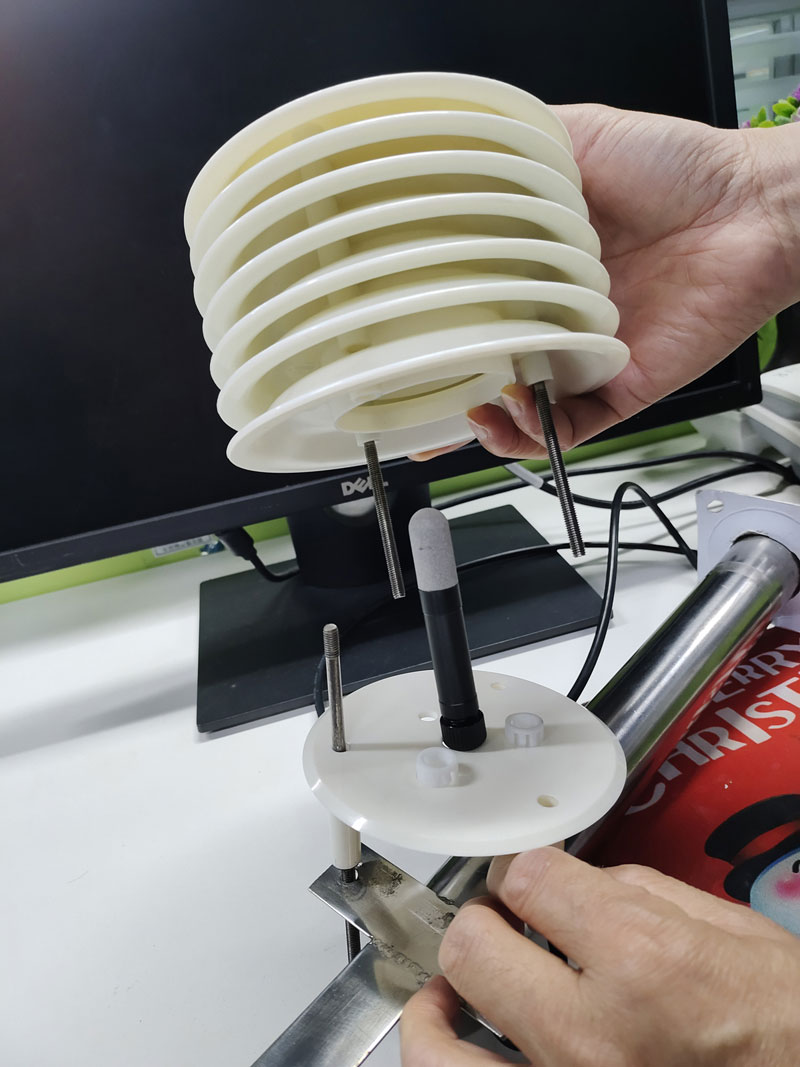

— Blogs —
—Products—
 Consumer hotline +8618073152920
Consumer hotline +8618073152920 WhatsApp:+8615367865107
Address:Room 102, District D, Houhu Industrial Park, Yuelu District, Changsha City, Hunan Province, China
Product knowledge
Time:2024-08-31 22:05:46 Popularity:513
An air temperature sensor, also known as a room temperature sensor, is a device used to measure and monitor air temperature. It is used in a wide variety of applications including, but not limited to, the automotive industry, HVAC systems (heating, ventilation, and air conditioning systems), home appliances, medical devices, and environmental monitoring.
The operating principle of air temperature sensors is mainly based on the relationship between heat and resistance, voltage or current. One of the commonly used components is the thermistor, whose resistance changes with temperature. When the temperature increases, the resistance value of the thermistor decreases; conversely, when the temperature decreases, the resistance value increases. By measuring the change in resistance value, the temperature of the air can be determined.
Choosing the best air temperature sensor depends on the specific application requirements, including factors such as accuracy, response time, cost, size, power supply method, output signal type, and environmental conditions. Below are a few common types of air temperature sensors, each with their advantages and disadvantages:
1. Thermocouple (Thermocouple):
- Advantages: Fast response time, widely used for industrial measurements.
- Disadvantages: Limited temperature range, requires additional cold end compensation.
2. Thermal resistance (Thermistor):
- Advantages: inexpensive, suitable for low temperature measurements.
- Disadvantages: slow response time, limited temperature range.
3. Semiconductor Temperature Sensor (STS):
- Advantages: high degree of integration, fast response time.
- Disadvantages: Limited temperature range, high cost.

4. Thermopile Temperature Sensor:
- Advantages: High accuracy, wide temperature range.
- Disadvantages: Higher cost.
5. Fiber Optic Temperature Sensor (FOTS):
- Advantages: non-contact measurement, no electromagnetic interference.
- Disadvantages: high cost, complex installation.
6. Infrared Temperature Sensor (Infrared Temperature Sensor):
- Advantages: non-contact measurement, fast response.
- Disadvantages: Highly influenced by the environment, requires calibration.
7. Dew Point Sensor:
- Advantages: can measure dew point temperature.
- Disadvantages: Higher cost and sensitive to ambient humidity.

- Accuracy and precision:The level of accuracy and precision required will determine the type of sensor required.
- Temperature range: Ensure that the sensor will operate within the expected temperature range of the application.
- Response time: For dynamic environments, sensors with fast response times are required.
-Durability and Reliability: Consider the environmental conditions and select a sensor that can withstand the expected stresses.
- Cost: Balance performance requirements with budgetary constraints.
- Environmental conditions: Consider how well the sensor will withstand the actual environment in which it will be used.
- Power supply and output:Determine power supply method, output signal type, etc.
- Installation and Maintenance: Consider ease of installation and maintenance requirements.
The ‘best’ air temperature sensor is one that meets the specific needs of the application in terms of accuracy, response time, durability, and cost. RTD sensors are often considered the gold standard for high-precision applications, while thermocouples and thermistors offer good performance at a lower cost. Integrated circuit temperature sensors are well suited for integration into electronic devices, and infrared sensors are useful for non-contact measurements. The final choice should be based on a trade-off of the above factors to ensure that the selected sensor meets the needs of the particular application.
Related recommendations
Sensors & Weather Stations Catalog
Agriculture Sensors and Weather Stations Catalog-NiuBoL.pdf
Weather Stations Catalog-NiuBoL.pdf
Related products
 Combined air temperature and relative humidity sensor
Combined air temperature and relative humidity sensor Soil Moisture Temperature sensor for irrigation
Soil Moisture Temperature sensor for irrigation Soil pH sensor RS485 soil Testing instrument soil ph meter for agriculture
Soil pH sensor RS485 soil Testing instrument soil ph meter for agriculture Wind Speed sensor Output Modbus/RS485/Analog/0-5V/4-20mA
Wind Speed sensor Output Modbus/RS485/Analog/0-5V/4-20mA Tipping bucket rain gauge for weather monitoring auto rainfall sensor RS485/Outdoor/stainless steel
Tipping bucket rain gauge for weather monitoring auto rainfall sensor RS485/Outdoor/stainless steel Pyranometer Solar Radiation Sensor 4-20mA/RS485
Pyranometer Solar Radiation Sensor 4-20mA/RS485
Screenshot, WhatsApp to identify the QR code
WhatsApp number:+8615367865107
(Click on WhatsApp to copy and add friends)